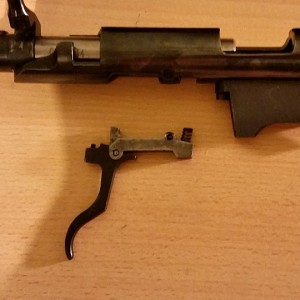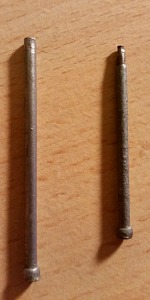So you’ve bought your first AR-15 and you’re super excited by the fact that you can swap in just about any upper you want to create a whole new weapon. But which is the best upper to choose? While the .223 is a great round, it’s not the be-all and end-all of rifle shooting (nothing is), so what about about a different calibre?
Here’s my take on what you can achieve my swapping out the upper on your AR-style rifle.
How about a .22LR Upper?
Well, not the worst idea actually. If you want a cheap way to practice with your AR or to introduce younger shooters to the sport, using 22LR ammo is a great and inexpensive way to do it. However, there are some conversions that use your 5.56 barrel – don’t do it. It can work, but it won’t be a satisfactory way to shoot either caliber, and it requires more work.
Rather, spend the money on a full upper and magazine, like this one from gunsupplies.co.nz, which will work with any milspec receiver. Although, to be honest, for not much more you could buy an entire .22LR AR-type rifle.
7.62×39 anyone?
Okay, let’s be honest, I’m a big fan of the humble 7.62×39 Soviet cartridge. It’s cheap and dirty and does the job. But, would I put it through an AR upper? Not really to be honest. While the AR platform is great. there’s not much reason to get it to shoot cheap Russian ammo.
If you want a cheap way to shoot this calibre, you can get a Chinese SKS for a third of the price of a 7.62×39 upper, and again, you have a whole new rifle to enjoy. You also won’t feel nearly as bad using it as a knock-around bush gun.
AR-15 in .300 BLK
If you want 7.62×39 ballistics in an AR-15, .300 BLK might be the way to go. Developed for spec-op military applications, this round is AR-friendly. It feeds from a standard STANAG magazine with no modifications, and without reducing the capacity, so at least you can use your current AR mags.
If you’re looking for something novel and interesting to shoot, which is designed for the platform and actually useful, the .300 AAC Blackout could be the answer. It is more expensive to shoot than any of the other rounds, and would probably necessitate reloading to make it a viable addition to your safe.
Which AR-15 upper should I choose?
Well, my personal preference would be to have one completely milspec rifle for service rifle competitions, a 20 inch barreled set up for 3-Gun, and perhaps a .300 BLK upper to enjoy shooting something a bit different.
But hey, that’s just me! What would you choose as your ideal black gun set up?














